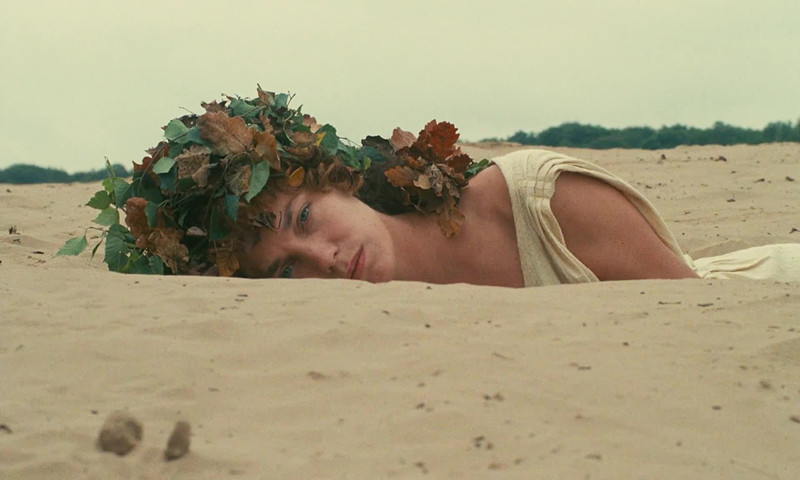
Agnes Varda is an auteur filmmaker commonly associated with the Nouvelle Vague or French New Wave Movement. Her career spanned from the 1950s until the late 2010s, during which she made a name for herself as both a fiction and non-fiction filmmaker. Impressively, the quality of films never wavered during her long career as evidenced by this list – The Top 10 Agnes Varda Documentaries.
1. Varda By Agnes (2019)
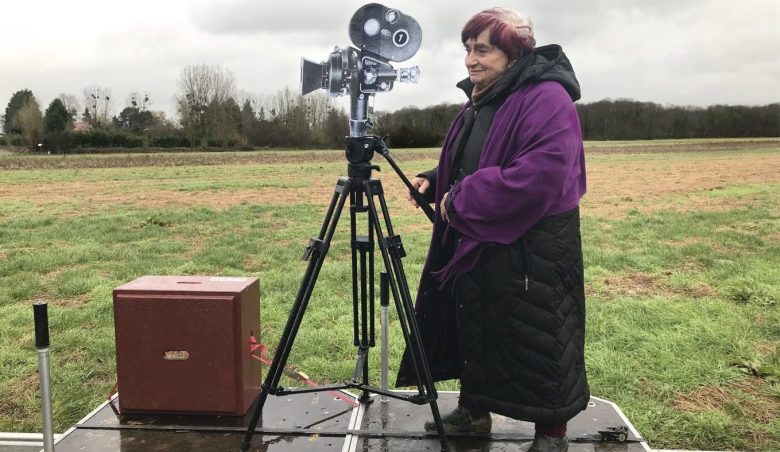
Varda by Agnes is a film where, on one hand, the title reveals everything – Agnes Varda tells the story of her own career as she feels it happened. On the other hand, this synopsis could never capture the full experience of the film. Varda’s essence, her personality is far too interesting, too complex to capture with any title.
In many ways, Varda is her own documentaries most valued asset. She is funny, charming and wise – consistently providing the film with unique and unparalleled insight. Career retrospectives can often feel bland or self-congratulatory, however, Varda avoids this through the level of detail she exposes about her work and artistic process. One instance, describes her using a track shot from left to right to disorient Western audiences who like to see things move right to left, the way they read. Between moments of insight like this and Varda speaking with her usual kind address, the film feels like a conversation between the audience and one of the most fascinating filmmaking minds ever, rather than a lecture.
In hindsight, viewing this film after Varda’s death is an incredibly emotional experience. The film speaks to the generosity of her character. This is a truly selfless and priceless educational tool for young filmmakers, one that provides detail on everything from camerawork to what a setting should mean to a filmmaker. Importantly, Varda by Agnes functions on multiple levels, it is an illuminating experience for her fans – highlighting some of the most intimate aspects of her films and filmmaking techniques but also perfect for newcomers, acclimatising them to the rhythms of a Varda film whilst also showcasing her greatest works.
Ultimately, the fact this film was made when Varda was 90 is incredible and a testament to her artistic credibility. To say, the film is a curtain call is perhaps too literal, however, as her last complete piece of work it’s phenomenal.
2. Salut Les Cubains (1964)
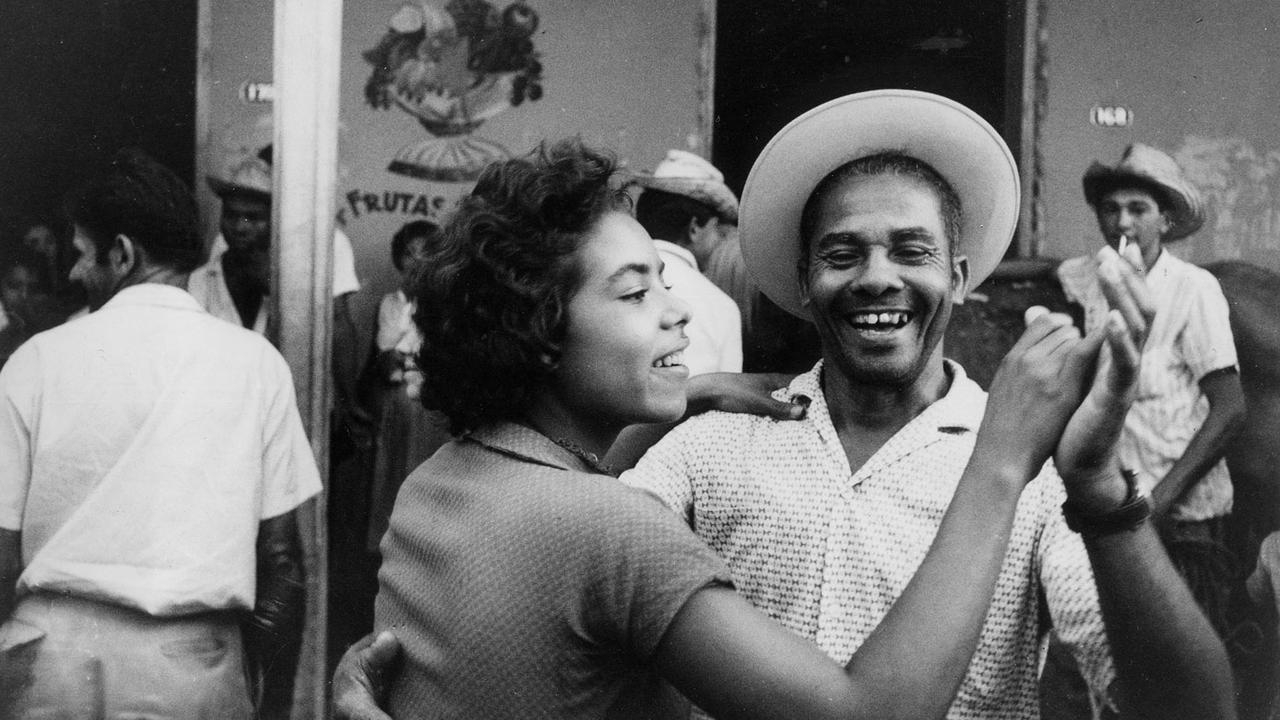
Varda made Salut Les Cubans four years after the Cuban revolution. The short documentary is comprised from photographs taken from her time spent in Cuba. It is certainly not a definitive document about a post-revolution Cuba, but the film never claims to be. Salut Les Cubans works best by understanding it as Varda trying to make sense of the country she saw on her trip.
Uniquely, the film is told largely from photographs that are edited together with Varda providing narration over them. The photographs are in grainy black and white providing the images with a rawness and an authenticity. Varda makes use of rapid cuts and fast paced Latin American music, injecting the documentary with its own pace and rhythm.
At times, it feels almost hypnotic. The rapid cuts Varda uses in her editing, bombard the audience with a variety of different images. By exploring Cuban culture in this almost a frantic manner, Varda help to communicate that Cuba is a country with a rich, varied culture that cannot be captured by thirty minutes of screen time. Not that this stops Varda from trying though, through her images, she takes us all over Cuba, inside and outside with seemingly reckless abandon and the excitement of someone who wants to show you every aspect, every corner of the world.
The diverse range of subject matter covered arguably alludes to a deeper message of diversity. Varda notes of the racial integration with the Cuban communities, how people of different colours and heritage live side by side. Some of the most beautiful photographs contrast a white child with a black doll and a black child with a white doll. Varda’s passion for the subject cannot be understated, here she is engaging with these ideas in a world that was that was also pushing for equality through the civil rights movement.
Concisely, Salut Les Cubains is a dizzying, exciting documentary where Varda provides a fun and insightful look into Cuban culture at a key point in the nation’s history.
3. Black Panthers (1968)
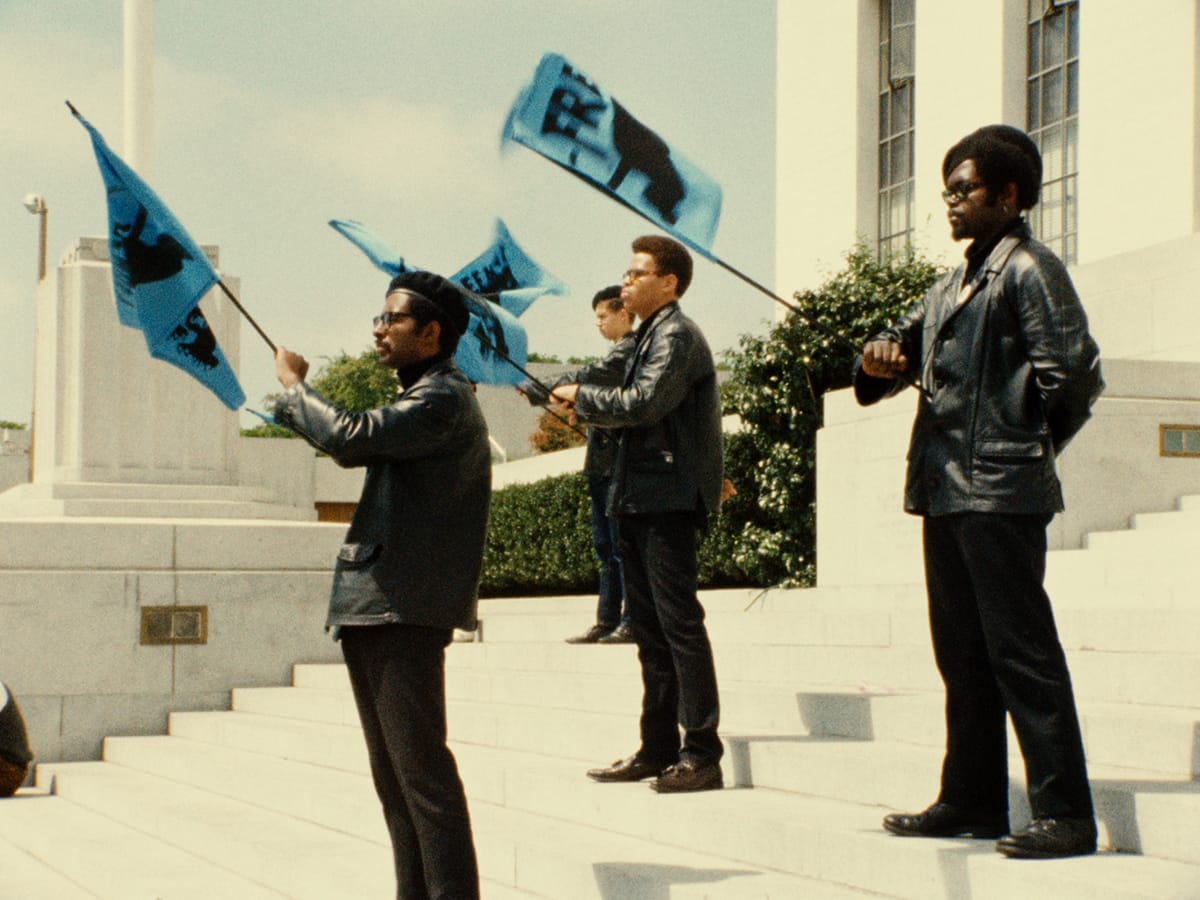
At one point in her documentary about the Black Panthers movement, Varda notes that the animal itself is ‘a beautiful black animal that never attacks but defends itself ferociously.’ Varda then clearly implies that the political movement is doing the same. Therefore, it should come as no surprise that she provides a touching, educational portrait of the Black Panthers and those involved.
Varda’s documentary takes place over an afternoon in Oakland, during protests against the arrest of party leader – Huey P. Newton. The Oakland Police Department has had a continued brutal and controversial relationship with the black community. In 1968, some of Oakland’s most documented issues with police brutality occurred. Specifically, 17 year-old Bobby Hutton was killed by Oakland police, while black people were regularly attacked and harassed by the police.
Importantly, Varda largely drifts into the background of her documentary, letting the members of the Black Panthers discuss their troubles and frustration in detail. Varda provides the members of the Black Panther Party with a platform to speak freely. The documentary has no agenda against The Panthers, which is refreshing in a time where other white media outlets definitely did. Varda only seems to be interested with informing and educating both herself and her audience.
The importance of this film cannot be ignored, especially in today’s political climate, where the same issues The Black Panthers fought against – police brutality and racially aggravated murder – are still seen plainly. The documentary ends crushingly. Huey Newton is found guilty of manslaughter and the police shoot at the Black Panther headquarters. Varda reminds the audience one last time, that black lives are constantly at stake in the world we live in – a world where the police are clearly another tool of oppression for white supremacy. If you watch only one documentary from the list, make it this one.
4. Daguerréotypes (1976)
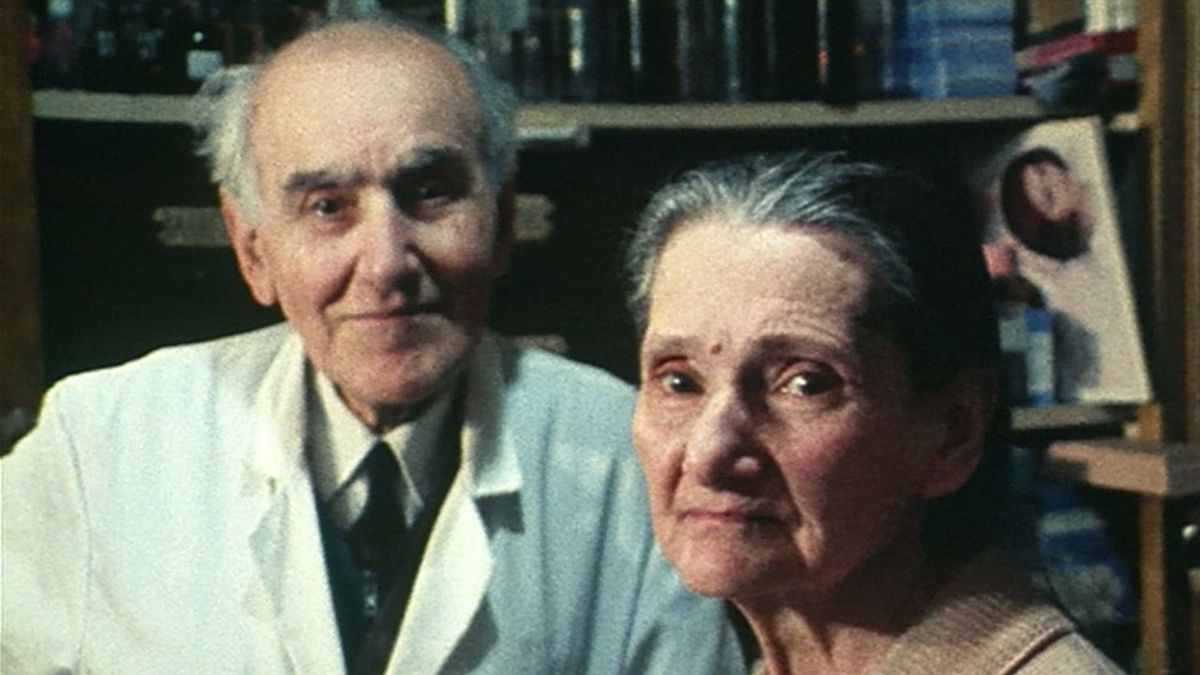
Rue Daguerre was the street on which Agnes Varda was living during the 1970s. The film looks in detail at her local community, providing insight into everyday life itself. Varda presents the world of Rue Daguerre relatively unmediated. Her fly-on-the-wall style is occasionally accompanied by voice overs but, often, Varda lets the audience see the world of Rue Daguerre as it truly is.
However, this largely unremarkable approach allows for Varda to showcase one of her greatest strengths as a filmmaker – the ability to the find beauty and poetry in the benign and the everyday. Daguerréotypes never feels boring and the subjects, despite on the surface seeming unremarkable, are fascinating. Varda calls those who own shops on the street ‘artisans’ and small moments like this define the film. The shop owners to the unperceptive eye may seem like average people. Yet, Varda views them as people who have spent years honing their craft and become elite artists in their trade, who are worth celebrating.
Extending this, comparisons continue between these ‘artisans’ and Varda herself. Often, what they sell in their shops feel metaphorical to filmmaking. Take, for example, the clockmakers – for them to make a successful clock, every piece has to be performing its role precisely to contribute to a greater whole. This is the same with Varda and her films, where everything – lighting, camerawork, sound design, have to be precisely designed and masterfully assembled. Perhaps, this is why she includes the shop owners in the documentary, viewing them as kindred spirits.
In the end, Daguerréotypes examinations of the local communities is inspiring. Varda highlights to her audience all of the stories that exist so closely to within your own doorstep to create a truly moving and impressive piece of documentary filmmaking.
5. Mur Murs (1980)
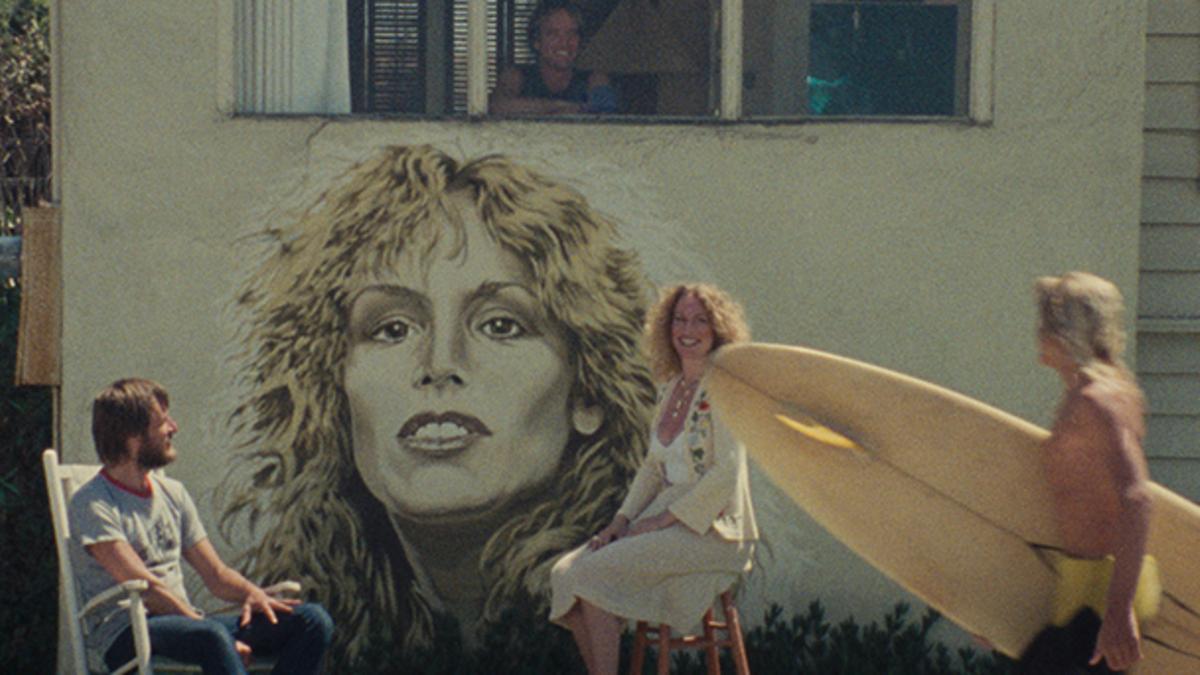
Mur Murs, or ‘Wall Walls’ in English, is a documentary that looks at the murals within Los Angeles.
Murals have many functions and Varda explores several of the adeptly in the film. Varda comment that murals help to document and remember America’s ‘forgotten people.’ Movingly, Varda looks at how in LA, specifically, murals became a means for people in marginalised communities to tell their own stories in their own way. Murals help the marginalised to assert their existence to others who may ignore them, in a creative fashion using stunning and vibrant colours.
Varda’ s film’s cinematography benefits from the beautiful and often colourful murals. Varda regularly foregrounds them, highlighting the importance they bring to the city of Los Angeles. Varda alternatively captures the murals in close ups and long shots, taking in both their details and specifics whilst also taking account of their scale and size. Interestingly, Varda captures people alongside the murals, reminding the audience the size of the artwork. Large paintings have the power to humble people, the sheer scale can remind the audience just how small they are in regards to the wider world. The murals do this, helping to remove the viewer from thinking of the minutia of their own, small worlds and consider others and the wider world as a whole.
Ultimately, Varda dissects the paradox of the mural noting that it displays very private, intimate parts of ourselves to the public. However, by people being brave enough to do this, the art provides a more accurate representation of modern day California. One that presents the images of what really is happening to its people. Mur Murs is Varda at her most thought-provoking.